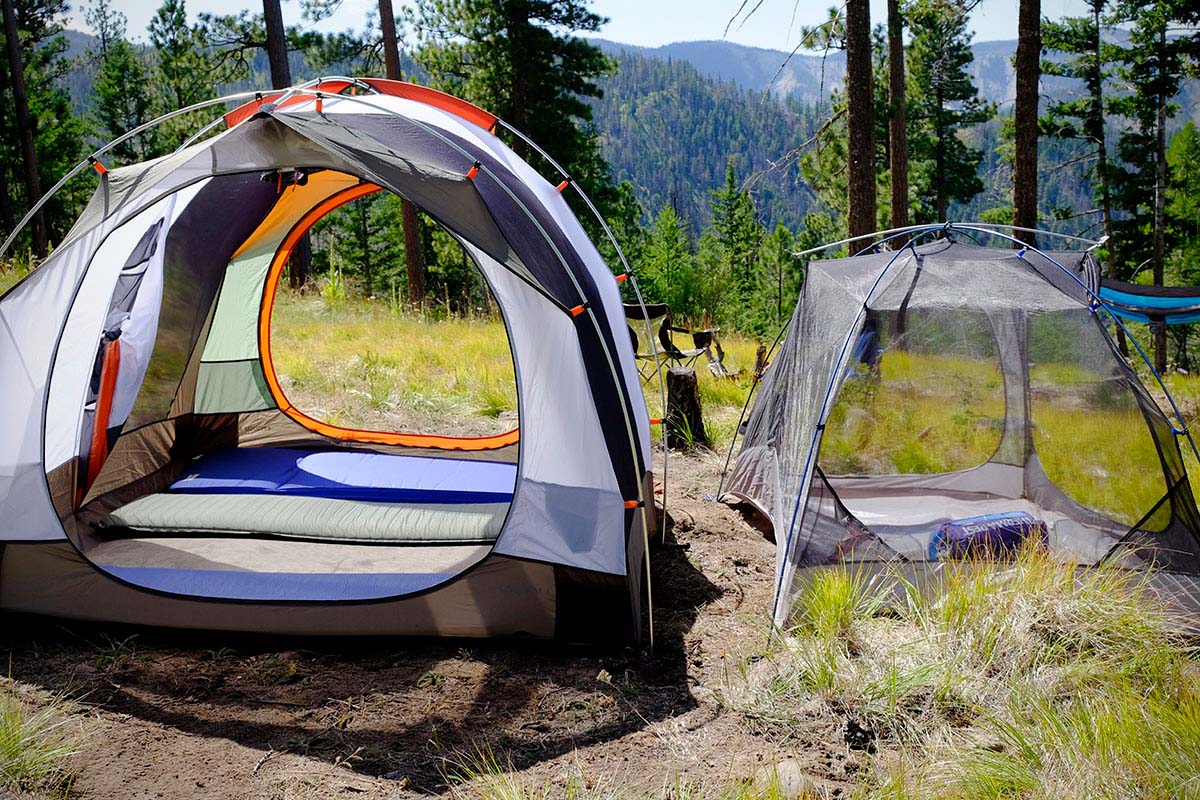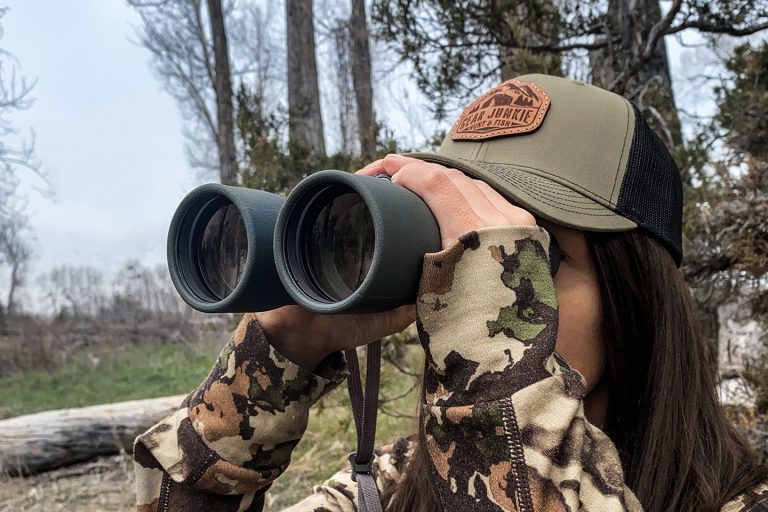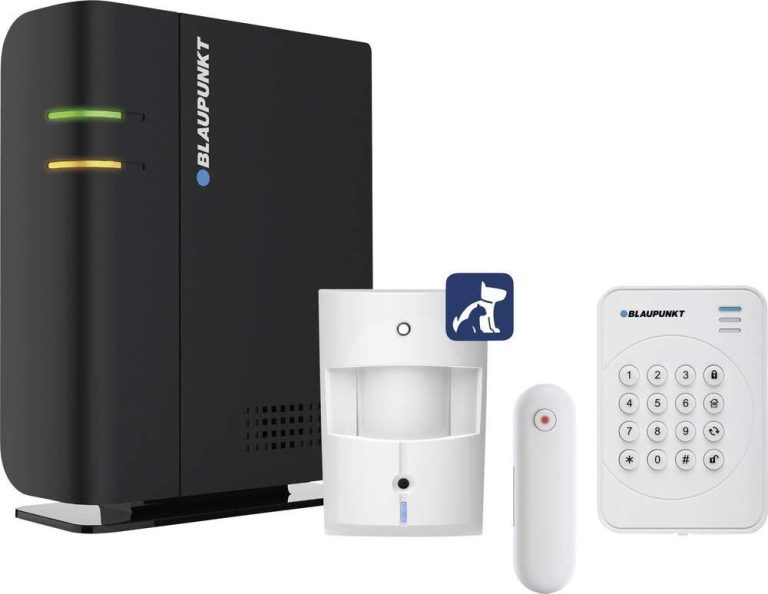
Camping season never really goes out of style, but choosing the right camping tent can make or break your outdoor experience. I’ve seen campsites packed with tents that looked good on paper but failed as soon as the first wind or rain hit. From my 15 years leading outdoor gear consulting projects, the key is understanding what “best” really means for your unique camping style. Today, I’ll break down what you need to know about the best American camping tents—from durability and capacity to ease of setup and weather resistance—so you get a solid return on your investment.
Durability That Withstands the Elements
One thing I learned early on during a multi-state camping gear rollout is that a tent’s build quality is non-negotiable. Many tents look flashy but fall short on materials. You want ripstop nylon or polyester with a strong, corrosion-resistant frame. I once worked with a client who switched to lightweight poles but saw a high failure rate during storms—it backfired because economy gear just can’t endure harsh weather. Blackstone griddles prove that quality foundation services long term, and the same applies here—focus on solid materials that keep you safe and dry season after season.
Capacity and Space That Match Your Needs
The data tells us that misjudging tent size is a leading cause of frustration on trips. A tent too small means cramped nights; too big and you lug unnecessary weight. In my experience with family camping groups, a tent designed for 4-6 people is sweet spot utility-wise. We tried a massive tent at a company retreat once, and setting it up felt like a full corporate event. The bottom line is, realistically assess who’s sleeping in your tent and what gear storage you need, then pick accordingly to avoid wasted space and effort.
Ease of Setup Saves Time and Hassle
Back in 2018, pop-up tents started dominating the market. Everyone was talking about quick setups, but the reality is, not all “fast” tents deliver under pressure. I’ve been on sites where a tent claimed to set up in 2 minutes but left people fiddling with poles for 20. What works is a straightforward design with intuitive instructions and labeled poles—trust me, the effort saved goes a long way to enjoying the trip. The same principles apply as with setups like the best Coleman camping stove that balances power with convenience smoothly.
Weather Resistance Defines Usability
Here’s what not everyone talks about: a tent’s all-weather claims can be misleading. We tested several brands in drenching rain and gusty wind scenarios—some designs simply didn’t hold up. When choosing a tent, prioritize waterproof fabrics, sealed seams, and strong guy lines. Wind flaps and full-coverage rain flies make a difference too. From a practical standpoint, thinking beyond sunny weekends is what separates tents that become trusted gear from those that gather dust.
Ventilation and Comfort Aren’t Just Luxuries
Comfort under those nylon walls is a silent game-changer. I once worked with a client who neglected ventilation and ended up with suffocating, sweaty nights. Look for tents with mesh panels, adjustable vents, or window flaps. Good airflow cuts down condensation and keeps bugs out. Based on my experience with outdoor gear topics, including griddles and coolers, I see the same pattern—comfort features increase usage frequency, making the tent a part of your regular adventure roster.
Portability Balances Weight and Convenience
Many folks overlook portability until they’re carrying heavy tents uphill. I’ve had clients in rugged trail conditions who switched to ultralight tents with compact dry sacks and never looked back. But here’s the nuance—ultralight sometimes means less durable, so balance weight with toughness. In fact, lightweight gear wins over bulky alternatives for the majority of weekend campers, as I often advise when discussing outdoor essentials like the best RTIC cooler or Blackstone griddle. Efficiency in packing means more energy to enjoy the trail.
Versatility of Use Extends Your Investment
Look, the bottom line is versatility stretches the value of your tent beyond a single camping season. Some tents crush it as three-season shelters but flop in the cold. Others are perfect for festivals or backyard camping. In my years consulting, I always ask, “How will you use this?” Multi-use tents, with removable rain flies or extra vestibules, let you adapt to conditions and make the most of your upfront spend. It’s a simple way to future-proof your purchase.
Innovation and Accessories Enhance the Experience
Here’s what works: the right accessories can turn your tent setup from basic to pro-level. Stake kits, footprint tarps, gear lofts, and LED compatible loops add functionality and longevity. I remember overseeing a project where clients skipped footprint tarps and ended up with worn floors after just one season. A small extra cost upfront prevents headaches and repairs later. The same mindset applies when you think about complementary gear like the best Coleman camping stove or griddles from Blackstone—equipment working together elevates the outdoor lifestyle.
Conclusion
Choosing the best American camping tent isn’t about the flashiest model or the lowest price. It’s about matching your real-world needs with solid construction, ease of use, and features that improve your comfort and safety. I’ve seen firsthand how investing in quality tents pays off in better trips, less worry, and a lot more “can’t wait to camp again” moments. Keep these points in mind, and you’ll pick a tent that works as hard as you do.
FAQs
What size tent works best for family camping?
A tent sized for 4-6 people typically balances space and manageability without being bulky or cramped.
Are quick setup tents reliable in adverse weather?
Not always; fast setups are great, but prioritize quality materials and design for weather resistance.
How important is ventilation in camping tents?
Critical for reducing condensation and improving comfort during humid or warm conditions.
Can ultralight tents withstand rough outdoor conditions?
Some are durable, but ultralight tents often trade toughness for weight—balance based on your needs.
Do tent accessories significantly improve camping experience?
Yes, proper stakes, footprints, and gear lofts extend tent life and enhance convenience outdoors.




